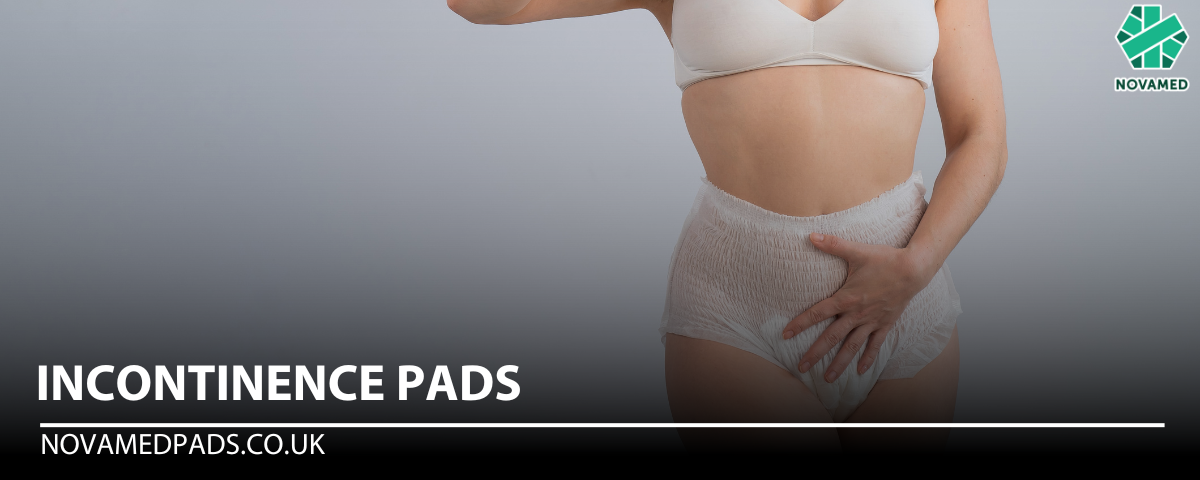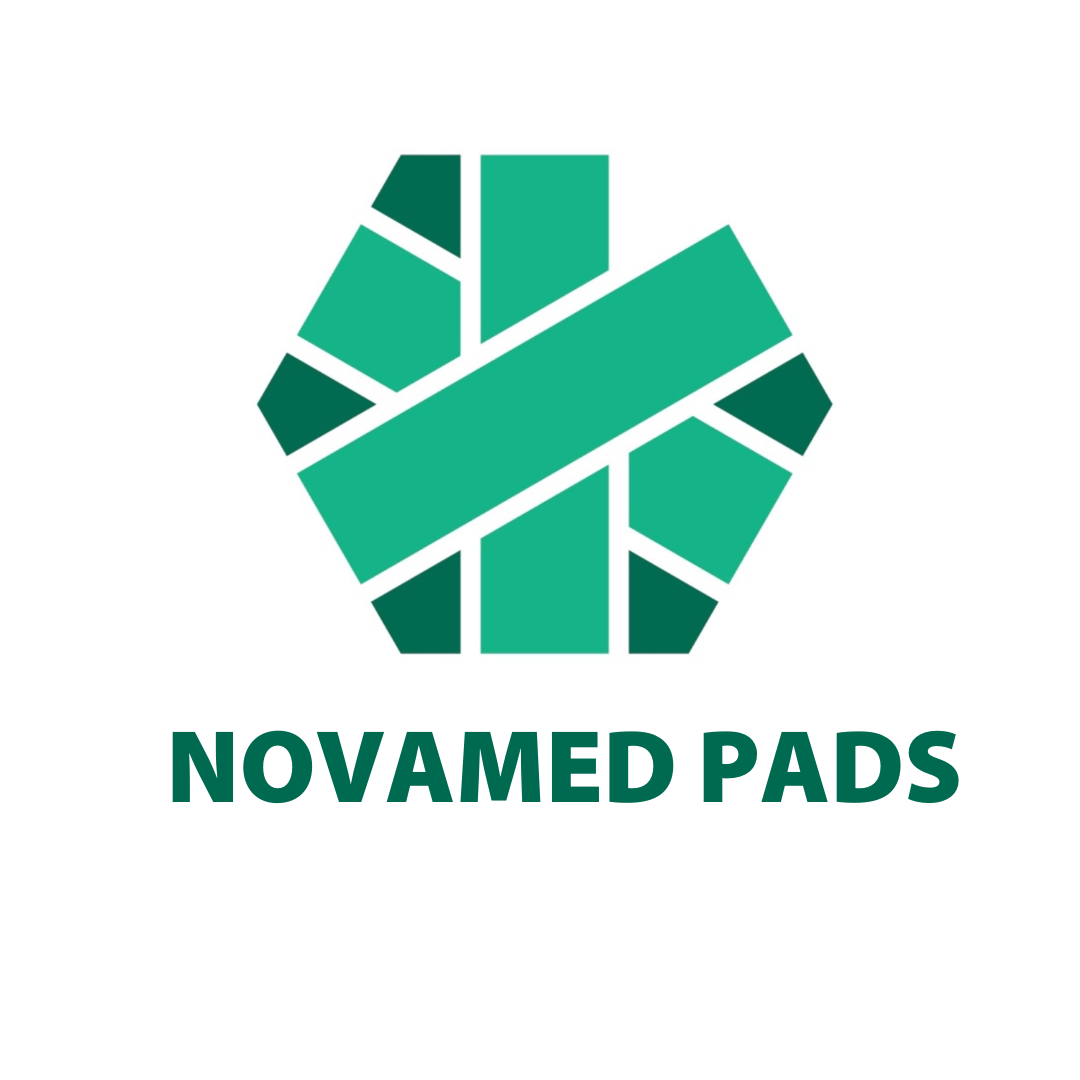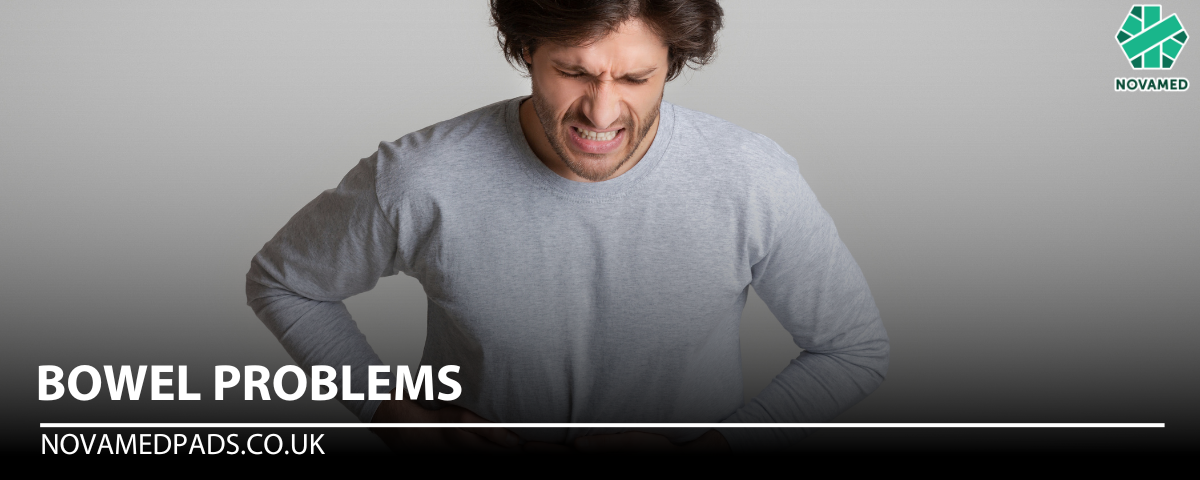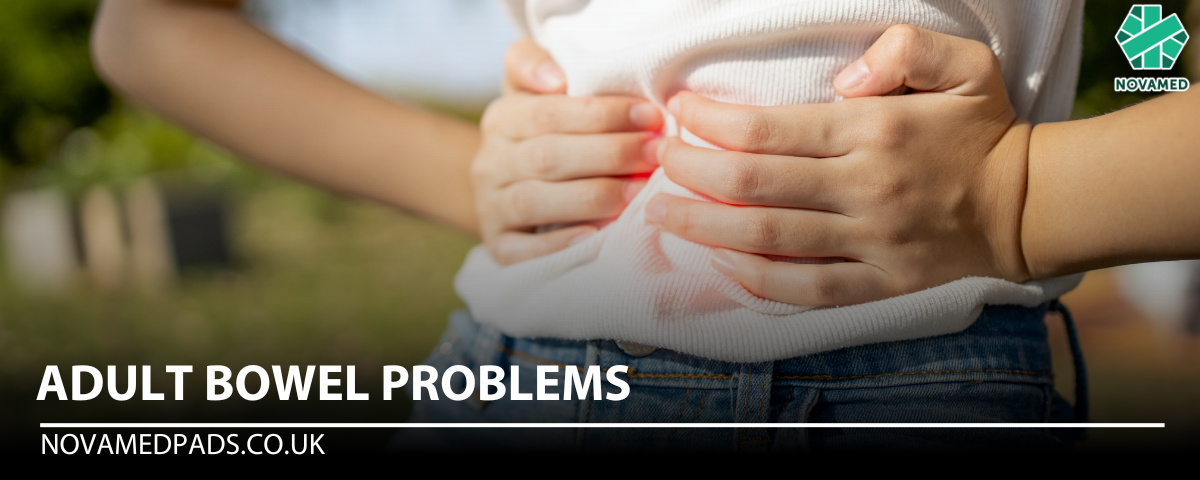
Incontinence Pads: Everything You Need to Know
Incontinence pads are a practical solution for individuals who experience the need to manage incontinence throughout the day, even while performing daily activities like washing, showering, or brushing their teeth. While not specifically designed for these tasks, incontinence pads can provide comfort and protection during such routines.
What are Incontinence Pads?
Incontinence pads are lightweight and discreet, often referred to as "incontinence pads for everyday use." They are worn to help manage incontinence symptoms by absorbing urine leakage and keeping the affected area dry.
These pads contain glycerin, a lubricant that helps prevent wetting underwear and maintains dryness, making them an ideal choice for daily use. They can be applied anywhere on the body, including sensitive areas like the face, although this is less common.
How Do Incontinence Pads Work?
Incontinence pads are designed to be worn directly on the skin. Some are fully washable and reusable, requiring minimal care, while others are disposable. These pads contour to the body to absorb bladder leakage and keep the skin beneath dry, preventing discomfort and irritation.
When used correctly, incontinence pads are highly effective. However, if not applied properly, they can make movement challenging and cause discomfort during toilet use. To avoid this, it’s crucial to choose the right size and style for your needs.
Materials and Types of Incontinence Pads
Incontinence pads come in a variety of materials, thicknesses, and styles. While they should be thin and soft for maximum comfort, they must also be absorbent enough to prevent leakage. For best results, lay the pad over the affected area before using the bathroom to absorb any leakage effectively.
- Disposable pads: Easy to use and convenient for short-term needs.
- Washable pads: Environmentally friendly and cost-effective for long-term use.
Benefits and Drawbacks of Incontinence Pads
Incontinence pads are generally safe and provide effective protection when used correctly. However, they do have a few disadvantages:
- Mobility issues: Some users may find that the pads make movement more difficult.
- Cost: Pads can be expensive, especially if used continuously over long periods.
For best results, it’s advisable to use incontinence pads for short durations and to ensure you purchase the correct size.
Common Causes of Urinary Incontinence
Incontinence can result from several medical conditions, including:
- Cystitis: An infection of the bladder that causes frequent urination and discomfort.
- Urinary Tract Infections (UTIs): Often linked to pain and a burning sensation during urination.
- Diabetes: A chronic condition that can reduce lubrication in the urethra, leading to leakage.
- Overactive Bladder (OAB): A common condition characterised by the frequent urge to urinate.
Managing Incontinence with Lifestyle Changes
Aside from using incontinence pads, certain lifestyle changes can help manage the symptoms of urinary incontinence. Regular exercise and maintaining a healthy diet can improve bladder function and reduce the risk of urinary tract infections.
In particular, bladder exercises and continence therapy can help improve control over urination, reducing the frequency of leakage. Women with overactive bladder syndrome are also at higher risk of developing UTIs, so it’s essential to practice good hygiene and seek medical advice if symptoms worsen.
Urinary Tract Infections: Symptoms and Treatment
Urinary tract infections are a common cause of incontinence and can be identified by symptoms such as:
- Pain or burning during urination
- Fever
- Decreased bladder control
- Pain in the lower abdomen or groin
If you suspect a UTI, it’s important to consult a healthcare professional for appropriate treatment.
Feel free to explore our full range of incontinence solutions here!
Bladder and bowel incontinence may be caused by conditions which can be treated medically. Please consult your physician for medical advice and guidance.




